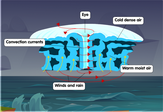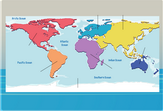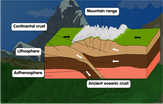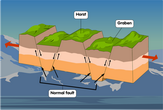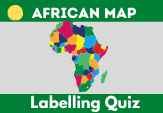Rain gauge diagram
Meteorologists track the amount of rainfall to help them forecast the weather and analyze if an area is experiencing abnormal weather patterns. The data they collect is also used so farmers can plan on how to protect their crops from incoming bouts of rain or drought.
The rain gauge is a simple-looking instrument to measure rainfall amounts over a set period of time. In fact, it’s simple enough that you can build a basic rain gauge at home!
The essential components to a basic rain gauge includes a measuring tube to collect the rain, a funnel, and an overflow tube to collect more rainwater if the measuring tube overflows.
There are quite a lot of rain gauge varieties for scientific and public use. Scientists who track the weather usually have a more advanced version, like the tipping bucket type. In this version, raindrops collect into one of two small buckets inside a tube. When a certain weight of rainwater is collected, the buckets tip over to pour the contents into a container below.
A recording device on this type can track how many times the bucket tips over to calculate the amount of rain. As heavier droplets of rain can also tip the bucket, the lightness or heaviness of rain can also be determined.
Refer to our detailed rain gauge diagram to better understand how this rainfall-measuring instrument works and identify the different rain gauge types available for use.

